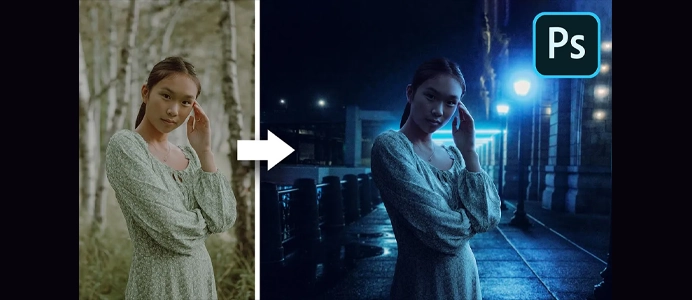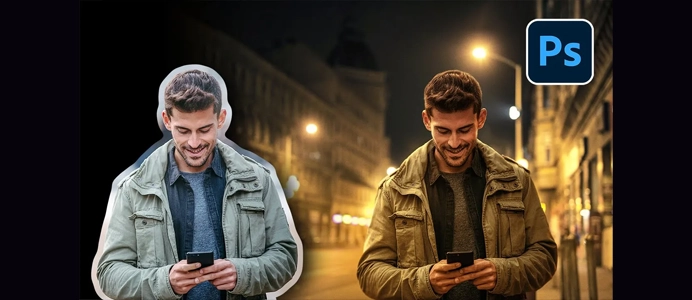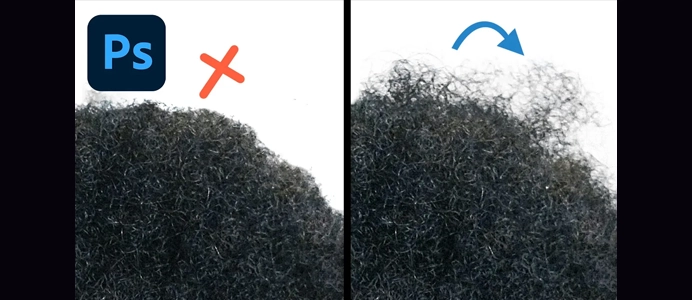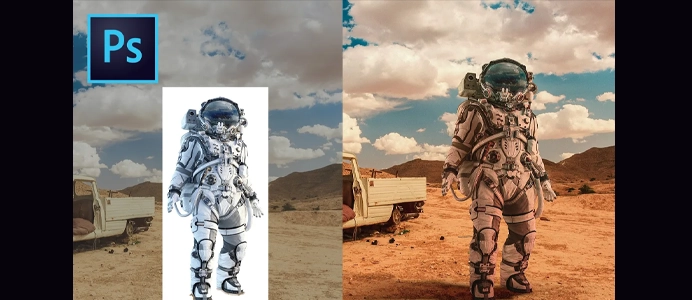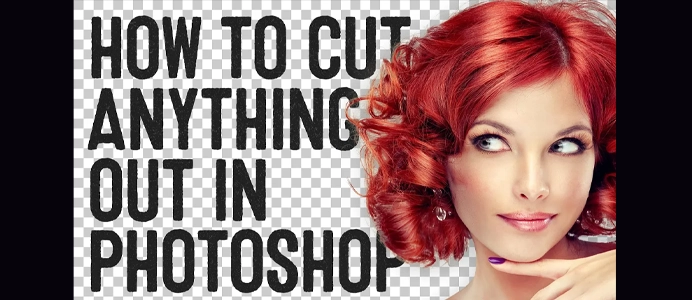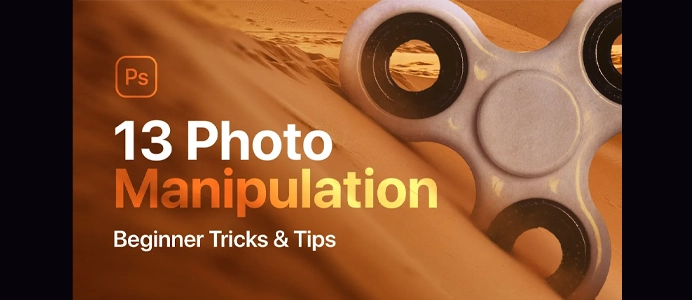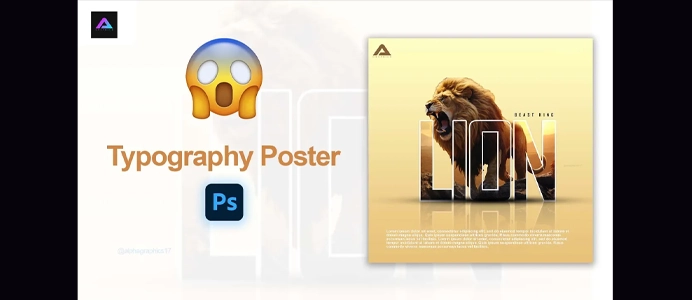Opacity vs Fill – Photoshop for Beginners
In Photoshop, both Opacity and Fill control the transparency of a layer, but they operate in slightly different ways. Understanding the distinction between Opacity and Fill can be useful for various design and editing scenarios. Here’s a breakdown of how to use Opacity vs. Fill in Photoshop:
Opacity:
- Adjusting Opacity:
- Opacity controls the overall transparency of the entire layer.
- You can find the Opacity setting in the top-right corner of the Layers panel.
- Changing Opacity:
- Click on the Opacity percentage and drag the slider left or right to decrease or increase the transparency of the layer.
- Effect on Layer Contents:
- Reducing Opacity affects all aspects of the layer, including its contents, blending modes, and any layer styles applied.
- Layer Styles and Effects:
- Opacity affects the transparency of layer styles and effects such as Drop Shadow, Inner Glow, and Stroke.
- Global Transparency:
- It applies a global transparency to the entire layer, affecting all elements within it.
Fill:
- Adjusting Fill:
- Fill also controls the transparency of a layer, but it specifically refers to the transparency of the layer contents while leaving layer styles and effects unaffected.
- You can find the Fill setting in the top-right corner of the Layers panel, next to Opacity.
- Changing Fill:
- Click on the Fill percentage and drag the slider left or right to decrease or increase the transparency of the layer contents.
- Effect on Layer Contents:
- Unlike Opacity, reducing Fill does not affect layer styles and effects. It only adjusts the transparency of the actual contents of the layer.
- Preserving Styles and Effects:
- Layer styles and effects applied to the layer remain fully visible even when the Fill is reduced.
- Use in Specific Scenarios:
- Use Fill when you want to make the layer contents transparent but maintain the visibility of layer styles and effects.
Practical Examples:
- Scenario 1 (Using Opacity):
- If you have a text layer with a Drop Shadow effect, adjusting the Opacity will affect both the text and the shadow, making both more transparent.
- Scenario 2 (Using Fill):
- If you want to make the text in the same example transparent but keep the Drop Shadow at full visibility, reduce the Fill. This allows the shadow to remain fully visible while the text itself becomes transparent.
In summary, while both Opacity and Fill control transparency, Opacity affects the entire layer (including styles and effects), while Fill specifically adjusts the transparency of the layer contents, preserving layer styles and effects. Choosing between Opacity and Fill depends on the desired result for your specific design or editing needs.




